Italian manufacturer Danese has been a major player in Italian design since the late 1950s, and was instrumental in the promotion of the Italian design identity throughout the 1960s and ‘70s. Danese’s most famous products were the fruit of collaborations with design icons Bruno Munari and Enzo Mari.
In 1955, Italian entrepreneur Bruno Danese established DEM (Danese e Meneguzzo) with business partner Franco Meneguzzo. The company did not last, and in 1957 Bruno Danese co-founded his eponymous company with Jacqueline Vodoz, although he continued to collaborate with Meneguzzo until 1961. Aiming to marry art with design, the Danese showroom on the Piazza San Fedele in Milan was an art gallery and exhibition space as much as it was a store.
Danese met two important designers that would shape the future of his company, namely Bruno Munari (1907-1998) in 1958 and subsequently Enzo Mari (b. 1932). Designing a range of household objects and tableware specifically created for everyday use, Munari and Mari were key to the brand’s successful transition from hand-crafted goods to mass produced items made using streamlined production methods. The innovative products thought up by the enterprising trio were produced by the company until 1962. Made from a wide range of materials including aluminum, brass, cardboard, ceramics, plastic, steel, and wood, the products they created were both avant-garde and everyday—and soon became icons of modernist design.
Notable Danese products include, 16 Animals (Mari, 1957), a wooden puzzle featuring animal shapes that combine to form a rectangle; Cubo Ashtray (Munari, 1957); the multi-purpose Putrella Tray (Mari, 1958); Formosa Calendar (Mari, 1963); and the Falkland Pendant Light (Munari, 1964), which has become a classic of 20th-century design and can be found in museum collections worldwide. Achille Castiglioni, Arik Levy, Ross Lovegrove, Angelo Mangiarotti, Alberto Meda, and Atelier Oi are a number of important designers to have worked with Danese since its was established.
In 1991, Danese was bought out by Cassina-Alias which coincided with a period of declining sales and stagnant production. In 1999, Italian architect-designer Carlotta de Bevilacqua (b. 1957) became the sole administrator and turned Danese’s fortune around. The brand reasserted its importance in the Italian design industry—relauching with a new emphasis on environmentally friendly design.
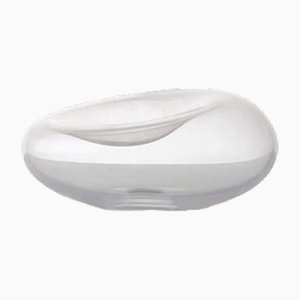

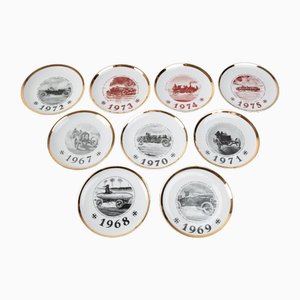
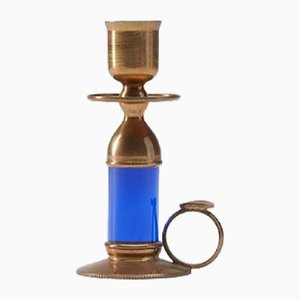

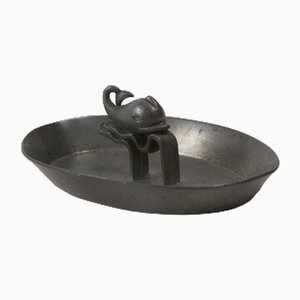

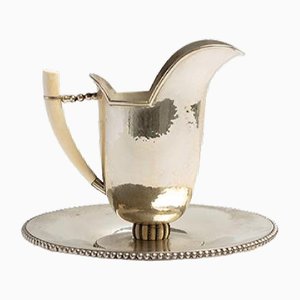

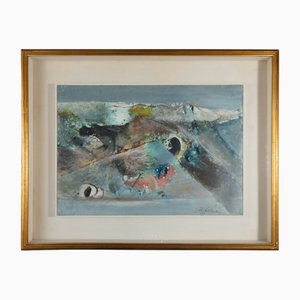
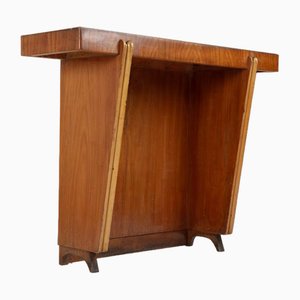

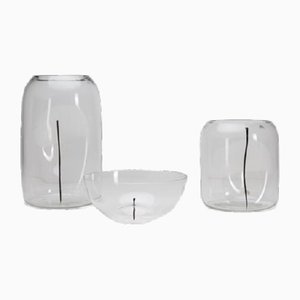
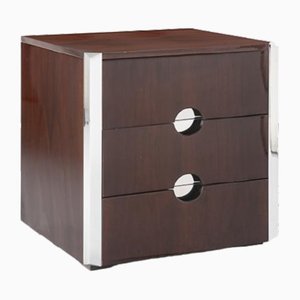
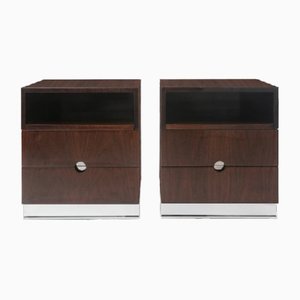
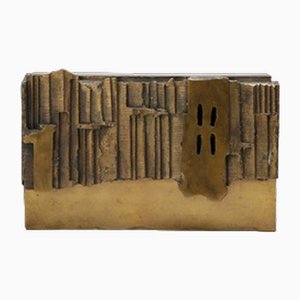
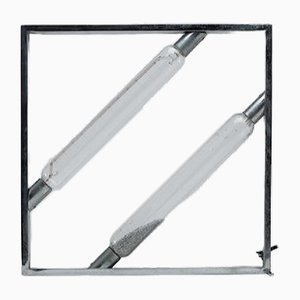
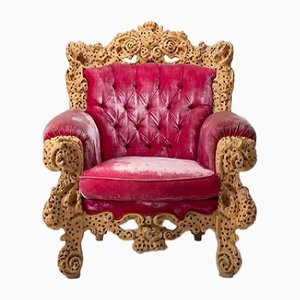

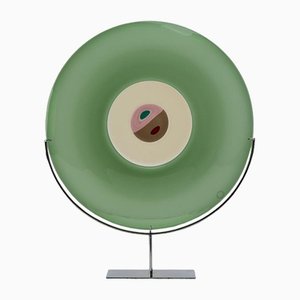
Get in Touch
Make An Offer
We noticed you are new to Pamono!
Please accept the Terms & Conditions and Privacy Policy
Get in Touch
Make An Offer
Almost There!
To follow your conversation on the platform, please complete the registration. To proceed with your offer on the platform, please complete the registration.Successful
Thanks for your inquiry, someone from our team will be in touch shortly
If you are a Design Professional, please apply here to get the benefits of the Pamono Trade Program